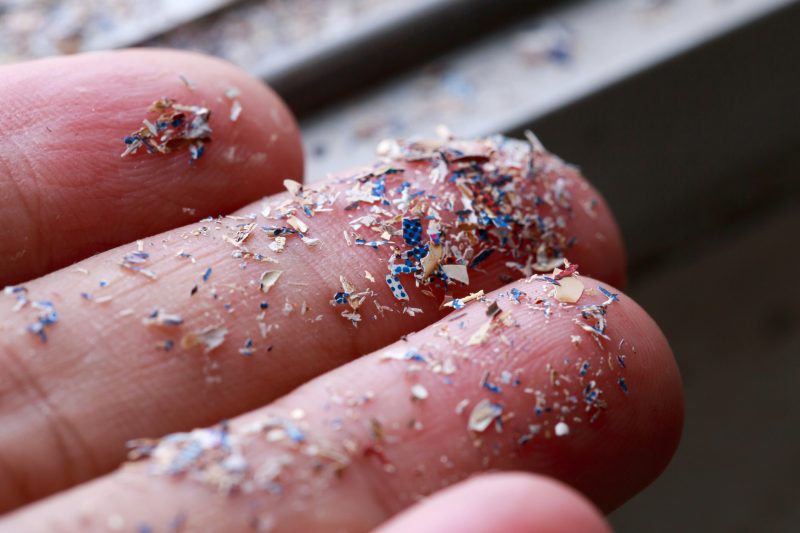
(NEXSTAR) – The world is filled with microplastics, found in everything from the air and oceanwater to common foods like chicken and rice – and, according to a new study, even the human brain.
These tiny plastic particles can range in size from 5 millimeters (as small as a pencil eraser) to 1 nanometer, which can’t be seen with the naked eye, the Environmental Protection Agency explains on its website.
A study, posted in May, looked at the increasing levels of micro and nano plastics (MNPs) in the environment and how they might affect our health.
Researchers examined these shard-like particles in human organs – specifically the liver, kidneys, and brain – using autopsy samples collected in Albuquerque, New Mexico, from 2016 to 2024. The brain tissue samples came from the frontal cortex, which is responsible for abstract thinking, creativity, and motor tasks.
The study found that the brain had higher concentrations of tiny plastics than the liver or kidneys, and the amount of plastic in all organs increased significantly over time.
Matthew Campen, lead study author and regents’ professor of pharmaceutical sciences at the University of New Mexico, told CNN that in the brain tissue of “normal individuals” aged 45 to 50 years, plastic particles were found at a concentration of 4,800 micrograms per gram, making up about 0.5% of the tissue’s weight.
“Compared to autopsy brain samples from 2016, that’s about 50% higher,” he said. “That would mean that our brains today are 99.5% brain and the rest is plastic.”
The most common type of plastic found was polyethylene, with greater amounts in the brain compared to the other tissue samples. Polyethylene is widely produced and used in things like packaging, plastic bags, storage containers and toys, according to the book Microfluidics for Cellular Applications.
While the study was funded by the National Institutes of Health, it has not yet been peer reviewed or published in a journal.
Similar studies published earlier this year have found “pervasive” amounts of microplastics in human and dog testicles as well as a wide range of meats.
“There’s no escaping them no matter what you eat, it seems,” Dr. Britta Baechler, a marine biologist and Associate Director of Plastics Science at Ocean Conservancy, said in a statement earlier this year. “The plastic pollution crisis is impacting all of us, and we need to take action to address its many forms.”
Although some scientists have expressed concern about microplastics, a 2022 World Health Organization report concluded there was no clear risk to human health, based on the available evidence. It’s still a relatively young research field.
The Associated Press contributed to this report.

